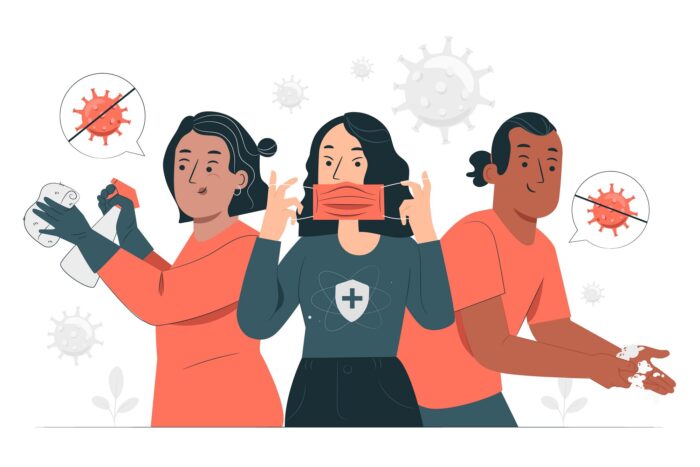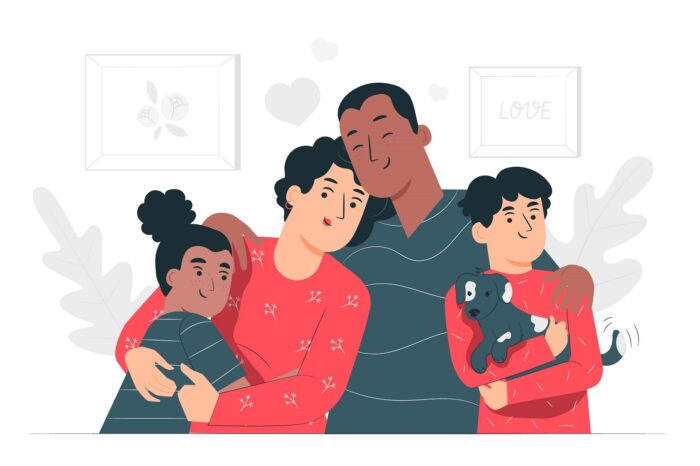
What To Do If An Employee Gets the Coronavirus
July 29, 2020
 Has your employee tested positive for COVID-19?
Has your employee tested positive for COVID-19?
If your employee gets the coronavirus, you might be wondering what to do next. Here’s our fact sheet to help you and your affected employee get through the challenge.
Am I required to abide by the Families First Coronavirus Relief Act (FFCRA)?
If you are a private employer with fewer than 500 employees, yes.
Do I still have to pay when an employee gets the coronavirus?
Yes, but that pay is capped and offset by tax credits. (See “How Do I Get My Tax Credit?” below.)
What kinds of leaves does the FFCRA contain?
- Emergency paid sick leave of up to 80 hours over a two-week period for full-time employees, adjustable for part-time employees
- Extended family and medical leave of up to 10 weeks for qualified employees
Again, both of these leaves are offset by tax credits.
Are my employees eligible for leaves?
If they have not exhausted their FFCRA leaves, and their reason meets certain criteria, yes.
 What are the criteria for leaves when an employee gets COVID-19?
What are the criteria for leaves when an employee gets COVID-19?
Emergency Paid Sick Leave
- They are following, or must care for someone following, federal, state, local, or healthcare-advised quarantine or stay-at-home orders; or
- They must look after their child whose place of care is unavailable due to COVID-19; or
- They have COVID-19 symptoms and are waiting for diagnosis; or
- They are experiencing another substantially similar condition specified by the U.S. Department of Health and Human Services. (No list has yet been released.)
Extended Family and Medical Leave
This extended leave is available to workers employed for at least 30 calendar days who are unable to work, including remote work, because they must look after their child whose place of care is unavailable due to COVID-19.
How do I start a leave?
Have the employee request the leave in writing. We have provided a good free form here, which is for your employee file. We’re relying on good faith here, because the FFCRA bars you from asking your worker for a doctor’s note or test results.
The FFCRA’s good faith documentation for this leave is an intentional choice meant to encourage workers to take the leave and slow the spread of the virus.
If their request meets the criteria, calculate their pay and let the leave begin. Track and document it as it occurs.
How do I figure pay for full-time employees?
- California employers should pay their regular hourly wage for each hour of paid sick leave requested.
- California employers should pay two-thirds of their regular hourly wage for each hour of paid sick leave requested.
Are those wages capped?

Understanding all the rules and complexities when it comes to paying sick leaves will help you support your employees—and their families.
Indeed:
- Cap sick leave wages at $511 daily and $5,110 total for employees following federal, state, local, or healthcare provider quarantine or stay-at-home orders or who have COVID-19 symptoms and are awaiting diagnosis.
- Cap employees under the other four criteria at $200 daily and $2,000 total.
- Cap employees on extended family and medical leave at $200 daily and $10,000 total.
How do I figure pay for part-time employees?
Part-time employees are paid at the same rates as full-time employees, adjusted for hours normally worked. If you don’t know the employee’s normal working hours, use the following schedule:
- A six-month average of daily hours
- For workers employed fewer than six months, use the number of hours agreed upon to work.
- If you have no agreement, use the average hours per day the employee was scheduled to work over the term of employment.
The employee may take paid sick leave for that number of hours per day for up to a two-week period. They may take expanded family and medical leave for the same number of hours per day for up to ten weeks after that.
How do I get my tax credit?
Allevity clients receive tax credits on the same billing cycle. Non-clients should speak to a tax professional.
The bottom line: It’s not fun for anyone when an employee gets the coronavirus. Need more details? Contact us with your questions!
For all the Department of Labor’s details, see an extensive FAQ here.
New California Laws in 2021
There are a handful of updates regarding COVID-19 legislation for 2021:
- AB 685 clarifies employer notification requirements vis-à-vis employees and COVID-19, strengthens employer reporting requirements, and enhances Cal/OSHA enforcement of the bill.

Comments are closed here.